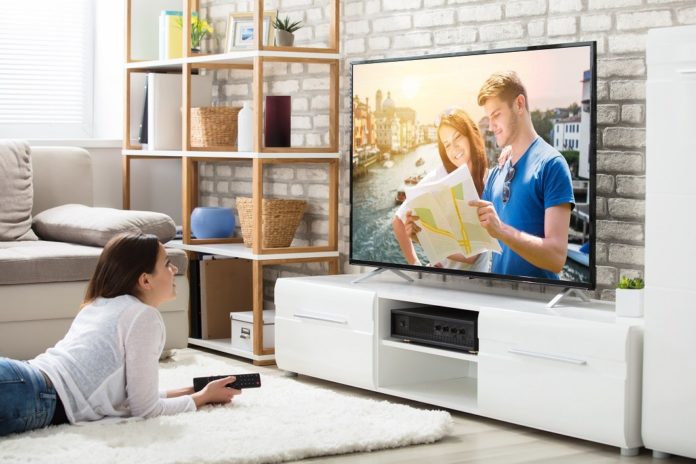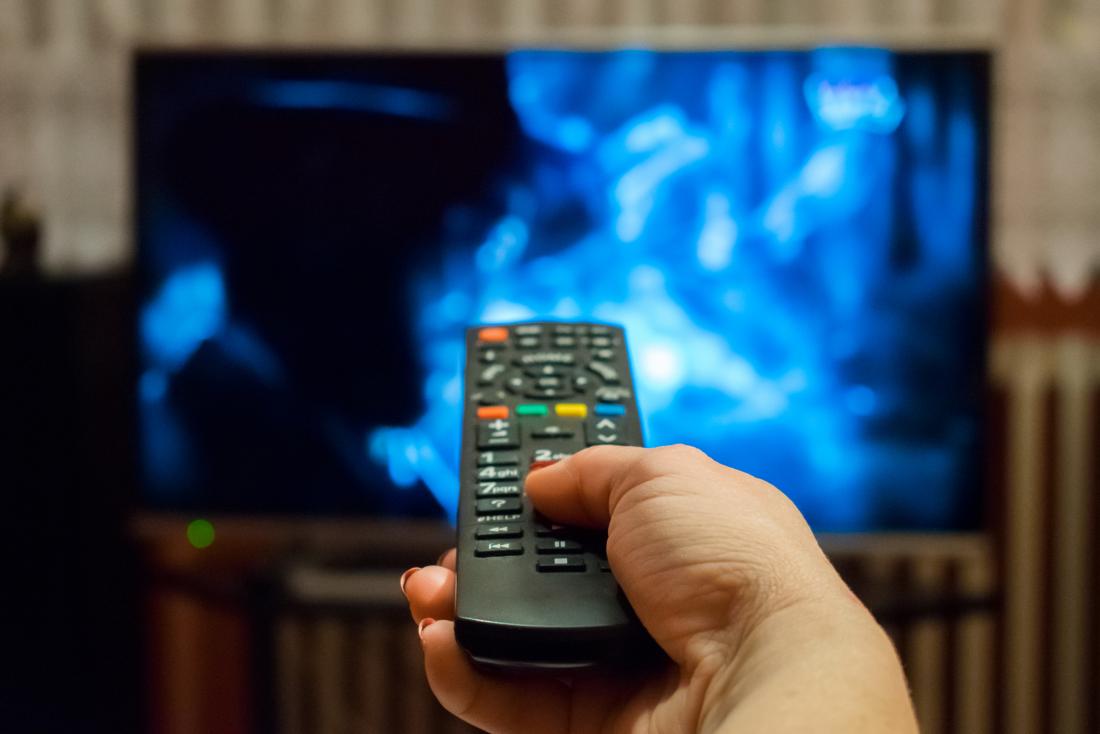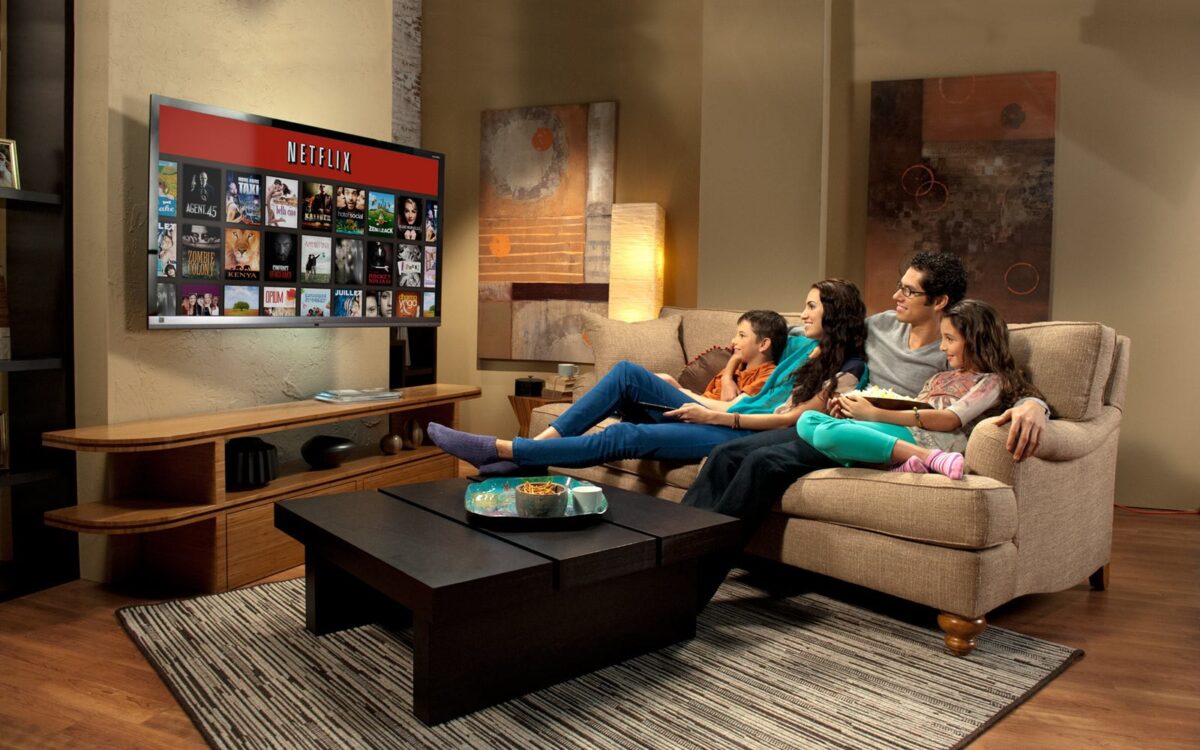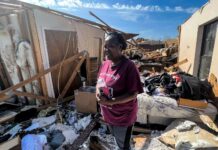
In the past, we were used to the TV reception being bad whenever there was a storm outside. The antenna that was placed usually on the roof of the house used to get easily damaged and misplaced and we were using for the signal being interrupted. Unlike today, the picture didn’t go away altogether, we used to get a partially blurry image, white noise or we saw the pixels of the television. Nowadays the atmospheric conditions are affecting the reception in a different way.
When there is high atmospheric pressure outside the digital television reacts in a different way than the analog one. We rarely get blurry images anymore. However, if you are using a streaming service or if you are watching TV via a router or a modem when the weather is bad, your reception may get bad. At those moments, HDTV is rarely available and in some cases, you may lose the image altogether.
To help you understand what is happening to your signal and how the atmospheric conditions are affecting the TV reception, we created this guide. With it, you can understand more about how the television signals work and the next time it happens, you will be able to educate your family or friends about it.
How the Weather Affects Television Signals?

Depending on the weather, the TV reception may be interrupted. This happens in all weather conditions and no matter if it is sunny outside or if it is windy, your signal can be disrupted.
All of the providers have a limited number of frequencies they can use, but nowadays most providers use really good equipment and the weather usually does not impact them. The transmitters are made with high-level technology and, compared to the past, we don’t see a lot of interruptions when the weather is bad.
However, the frequencies that the providers use are reused for different purposes and in some rare cases, the weather can affect the signal and they can carry them further than they should go. This usually happens when it is really hot or cold outside. In those cases, a layer of cold air may get trapped between the earth and a warm layer of air, and the signal cannot pass that so-called barrier.

The signal may jump and travel further than expected. The same happens when the cold air is trapped between two warm layers of air. You probably noticed this when it was warm outside and suddenly something happened to your program. These things don’t last for more than a few seconds, so you may not even notice it. Another way to notice this is if you suddenly see the pixels. This inference can happen on warm summer nights when there is just a little bit of wind, or in the early winter mornings when the temperature is below the freezing point.
In severe cases, these impacts may last up to a few days, but when this happens, the providers will be aware of the change in atmospheric conditions. So, you will be noticed on time and you will know that something like that is expected.
One mistake people are making is that they try to retune their TV. Since there is nothing wrong with your TV or the provider you are using, you cannot fix it just by restarting your modem or router, or by retuning the TV. In case you do this, you should contact your provider and tell them what you did, so they can fix it or send a team to fix it for you. They will also be able to guide you on how to manually retune it so that when the atmospheric pressure goes back to normal, your reception will get fixed as well.
Can you Prevent it?

Unfortunately, there is nothing you can do to prevent atmospheric pressure. Depending on the place you live in, these things may happen more or less frequently. It is said that if you install all the equipment properly, you may be better protected from the weather changes.
When installing a new TV and connecting it to the router or modem, you need to make sure that everything is connected in the right way. If you are not sure how to do it, places like TitusAlarm&CCTV can offer you the needed support. A professional team can install all the devices in the right way, so you won’t risk any equipment getting damaged in case of a storm. Did you know that if there is a bolt of lightning close to your home, and the antenna is not grounded in the right way, it can damage the TV and other devices, as well as interrupt the signal?
To make sure that you took all the precautionary means, you should use a professional service when installing the television in your home.

The atmospheric pressure cannot be affected and there is nothing you can do to prevent it. You will just have to wait for the storm to pass and everything will get back to normal soon. In most cases, your signal should not be interrupted for more than a few seconds or a few minutes. If the problem persists, you should contact your provider and let them know.
Sometimes the signal that is getting to your TV only may be interrupted and in that case, only your television will be affected. However, in some cases, the atmospheric pressure and the difference between hot layers of air and the warm ones may affect the signal directly from the tower.
If your provider tower finds itself in the cold air that is trapped between two warm layers of air, the signal will be interrupted for every user. There is no magic way to get this fixed since it is not something that we can affect. Everything will get back to normal once the storm passes, or when the air pressure stabilizes.
The technology that is used today is far better than the one that was used in the past. If the weather affects the television reception, the signal will be fully interrupted and you won’t be able to watch TV at all. Luckily, this rarely happens and it goes away on its own quickly. If this happens to you, you need to stay calm and patient and wait for the pressure to stabilize.
















